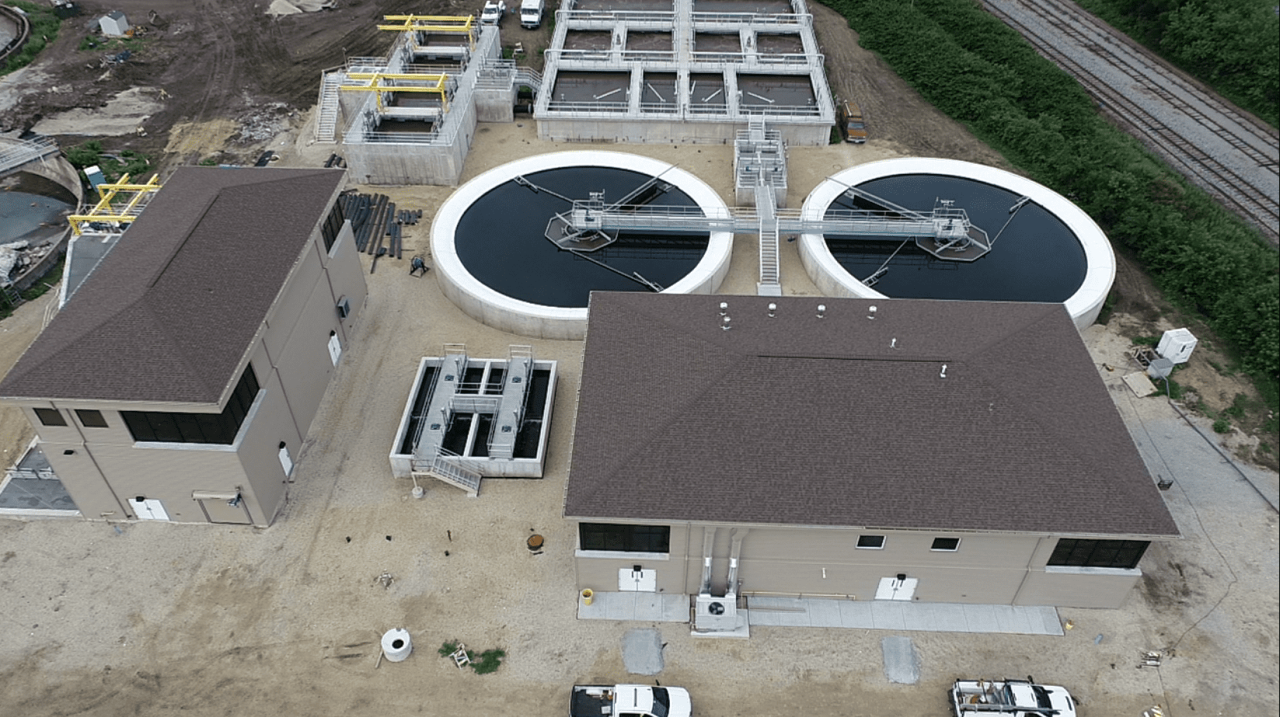Evaluating total phosphorus in wastewater
The total phosphorus amount indicates how much phosphorus — as dissolved or particulate states — exists in a given wastewater sample. As an essential nutrient for plants and animals comprising aquatic ecosystems, the amount of phosphorus functions as a critical parameter to determine the health of waterways across the U.S. The slightest increase in phosphorus can activate a chain of undesirable outcomes in water bodies, including algal blooms and low dissolved oxygen, which can destroy certain aquatic species.
The challenge in monitoring total phosphorus in wastewater involves measuring concentrations as dilute as 0.01 milligrams per liter or less. For Publicly Owned Treatment Works (POTWs), Improves monitoring can help determine the most effective wastewater phosphorus removal process to comply with new Environmental Protection Agency (EPA) standards. This blog post discusses different methods of monitoring total phosphorus in wastewater and why partnering with a wastewater engineer can help determine the best methods for your local POTW.
Different methods of monitoring total phosphorus in wastewater
Conventional lab methods for monitoring total phosphorus in wastewater involve measuring orthophosphate – the amount of phosphorus available for chemical or biological reactions. Orthophosphate typically represents about 60-70% of the influent total phosphorus, with the remaining portion organically bound to effluent solids. A POTW's biological treatment processes further convert the latter portion into orthophosphate. The EPA-approved methods for measuring total phosphorus levels in wastewater include:
- Total Orthophosphate Test: This is also known as the Ascorbic Acid method. Because it uses an unfiltered wastewater sample, this process measures dissolved and suspended orthophosphate. Adding a liquid or powder reagent containing ammonium molybdate and ascorbic acid reacts with orthophosphate in the sample to yield a blue compound. The intensity of the color determines the level of orthophosphate in the sample.
- Total Phosphorus Test: This procedure uses an unfiltered wastewater sample to measure all forms of phosphorus – orthophosphate, condensed phosphate and organic phosphate. Once heated and acidified to convert all other forms of orthophosphate in the sample, the ascorbic acid method is then applied to measure remaining orthophosphate.
- Dissolved Phosphorus Test: This process uses filtered wastewater samples to measure the fraction of phosphorus dissolved in water compared to the phosphorus attached to suspended particles.
- Insoluble Phosphorus Measurement: This method subtracts the dissolved phosphorus from the total phosphorus level in the sample to calculate the insoluble amount.
Samples for different types of phosphorus must be analyzed within prescribed timeframes to produce accurate results. For example, wastewater samples tested for orthophosphate require analysis within 48 hours of collection.
While conventional lab tests are the most frequently used methods of monitoring total phosphorus in wastewater, real-time monitoring can serve as a cost-effective strategy to optimize the Enhanced Biological Phosphorus Removal process.
In contrast to unreliable sensor probes or expensive composition analyzers, low-maintenance soft sensors are a viable alternative to improving online monitoring of total phosphorus during wastewater treatment operations. In a multistage Moving Bed Biofilm Reactor configuration, a hybrid soft sensor measures the level of phosphates and soluble Chemical Oxygen Demand in real time to optimize the process operations.
Irrespective of lab methods or real-time monitoring, accurately estimating the total phosphorus amount is the key to effectively managing the wastewater phosphorus removal process. A trusted team of experienced wastewater engineers can help you determine which monitoring process works best for your community's POTW.
Partnering with wastewater engineers to determine the best method for measuring total phosphorus
Fehr Graham's professional engineers have provided communities with wastewater treatment solutions since 1973. We understand the struggles POTWs face while attempting to reduce phosphorus in wastewater and remain within their budgets. Methods like enhanced biological phosphorus removal are cost-intensive, while chemical phosphorus removal has a higher operations cost. Because no blanket remedy can monitor and remove phosphorus from wastewater, each facility requires an individualized solution.
The dedicated wastewater engineers at Fehr Graham have helped conduct phosphorous removal studies to understand the best approach to comply with revised total phosphorus limits. Some of our projects include:
- A phosphorous removal study and disc-filter technology for wastewater treatment in Crystal Lake, Illinois.
- Nitrogen and phosphorus removal through innovative technology at the South Beloit, Illinois, Wastewater Treatment Plant.
From studies monitoring total phosphorus in wastewater, devising cost-effective strategies for phosphorus removal to securing financing for municipalities, we address the unique needs of POTWs and help improve the quality of life in communities.
To learn more about how Fehr Graham can help you evaluate total phosphorus in wastewater, contact us or call us at 815.235.7643
 |
Tom Glendenning is a Project Manager and Certified Water and Wastewater Treatment Operator who makes it his mission to ensure high quality water for clients. With a heart for community service, he has spent decades helping municipalities operate, manage and maintain water, wastewater, sewer and storm utilities. Tom has a reputation for actively listening, effectively communicating and staying positive while integrating solutions for municipalities working to update, upgrade and replace infrastructure. Contact him at |
Collaborative, Insightful, Results-Driven Solutions
Fehr Graham provides innovative engineering and environmental solutions to help improve the lives and communities of our customers.

